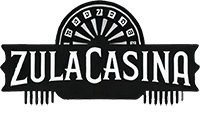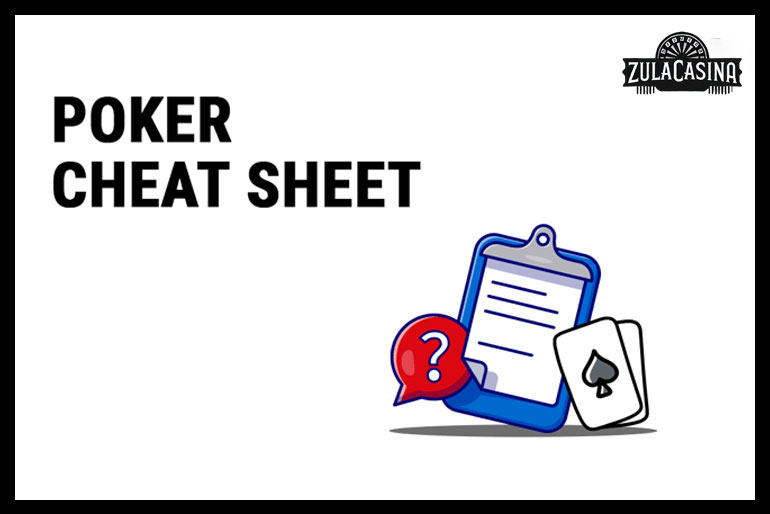Poker is one of the most popular card games worldwide, and Texas Hold’em is undoubtedly the star of the show. Whether you’re new to poker or looking to sharpen your skills, this cheat sheet will guide you through the essential elements of the game. From understanding hand rankings to mastering betting rounds and strategies, you’ll be ready to take on any table with confidence. Download this cheat sheet for free and have it handy whenever you need it!
Full List of All Poker Hand Rankings
Understanding hand rankings is crucial for making the best decisions at the table. Here’s a quick breakdown of the hands from highest to lowest:
- Royal Flush: A, K, Q, J, 10 of the same suit.
- Straight Flush: Five consecutive cards of the same suit.
- Four of a Kind: Four cards of the same rank.
- Full House: Three of a kind plus a pair.
- Flush: Five cards of the same suit, not in sequence.
- Straight: Five consecutive cards of different suits.
- Three of a Kind: Three cards of the same rank.
- Two Pair: Two pairs of cards of the same rank.
- One Pair: A single pair of cards of the same rank.
- High Card: The highest card when no other hand is made.
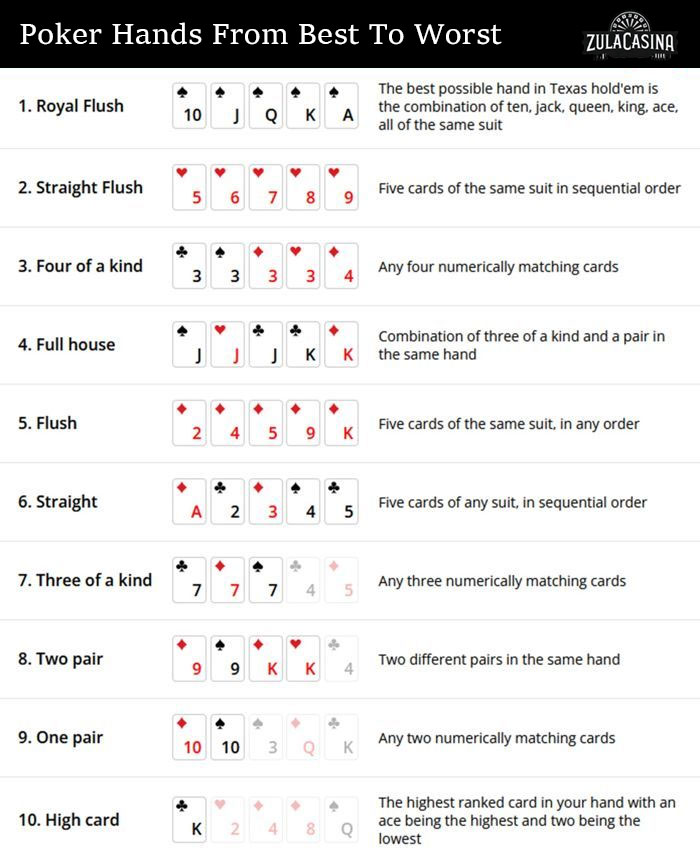
Texas Hold’em Betting Rounds Explained
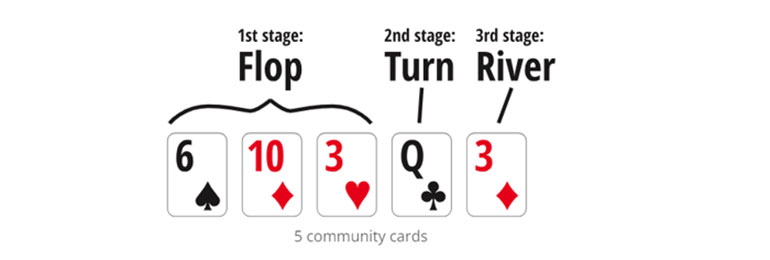
Preflop – What is Preflop in Texas Hold’em and How Does it Work?
The preflop is the first round of betting, occurring after players receive their two hole cards. Decisions here depend on your hand strength, position, and the action before you. Should you fold, call, or raise? Use this stage to build a strong foundation for the hand.
The Flop – What is the Flop in Texas Hold’em and How Does it Work?
The flop reveals the first three community cards on the board. This round of betting allows players to reassess their strategy based on how the cards connect with their hole cards. It’s a pivotal point to decide whether to continue, fold, or bluff.
The Turn – What is the Turn in Texas Hold’em and How Does It Work?
The turn introduces the fourth community card. With only one more card to come, this round often involves higher stakes as players refine their strategies. Evaluate the board carefully and consider the potential hands your opponents might hold.
The River – What is the River in Texas Hold’em and How Does it Work?
The river reveals the fifth and final community card. This is your last chance to bet, bluff, or fold before the showdown. Analyze the complete board and decide whether your hand has a strong chance of winning.
Showdown – What is the Showdown in Texas Hold’em and How Does it Work?
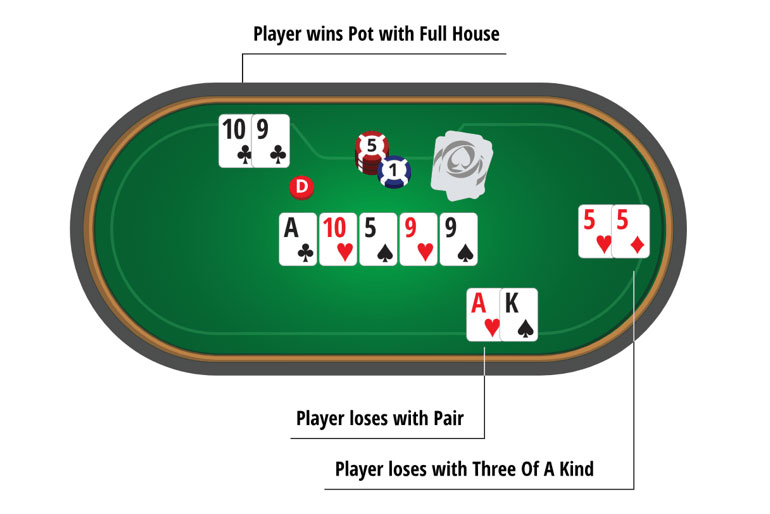
In the showdown, players reveal their hole cards, and the best five-card hand wins the pot. If everyone folds before this stage, the last player standing takes the pot without revealing their cards.
Positions in Poker Explained
Position is a critical concept in Texas Hold’em. Your position relative to the dealer button determines when you act during a betting round. Here’s a breakdown:
- Early Position (EP): Includes the first few players to act. Play tight as you’re at a disadvantage.
- Middle Position (MP): A slightly better spot with more information on opponents’ actions.
- Late Position (LP): Includes the cutoff and button. These are the most advantageous spots as you act last in most rounds.
- Blinds: Small blind and big blind are forced bets and act last preflop but first in subsequent rounds.
How to Play Each Position in Poker
How to Play UTG in Poker
Under the Gun (UTG) refers to the first player to act. Stick to premium hands like Aces, Kings, or suited connectors for the best chance at success.
How to Play in Early Position in Poker
In early positions, play conservatively with strong hands. Avoid speculative hands as you have less information about opponents’ moves.
How to Play in Middle Position in Poker
Middle position allows for a bit more flexibility. You can include a broader range of hands, especially if the action before you is minimal.
How to Play the Cutoff in Poker
The cutoff is one seat before the button and is a great spot for aggressive plays. Steal the blinds or pressure your opponents with well-timed raises.
How to Play the Button in Poker
The button is the most advantageous position. Use it to control the action and play a wide range of hands.
How to Play the Small and Big Blind in Poker
The blinds require careful play as you’re investing money without seeing your cards. Defend your blinds wisely and avoid overcommitting with weak hands.
Poker Terms Explained
Here are some common poker terms:
- Bluff: Betting or raising with a weak hand to make opponents fold.
- Call: Matching the current bet to stay in the hand.
- Fold: Discarding your hand and exiting the round.
- Raise: Increasing the current bet.
- All-In: Betting all your remaining chips.
- Pot: The total money or chips in a round.
Tips and Strategy to Help You Win at Poker
- Know When to Fold: Don’t chase bad hands.
- Be Aggressive: Raise and bet confidently when you have strong hands.
- Read Opponents: Pay attention to betting patterns and behavior.
- Position Matters: Use late position to your advantage.
- Adapt Your Strategy: Adjust based on the table dynamics.
Top 5 Poker Tips for Tournaments
- Start tight and gradually loosen up as blinds increase.
- Protect your stack by avoiding marginal hands.
- Watch for short stacks and their tendencies.
- Stay patient and wait for strong opportunities.
- Practice good bankroll management to sustain your play.
Top 5 Poker Tips for Heads Up
- Be aggressive; most hands won’t go to showdown.
- Mix up your play to avoid being predictable.
- Pay attention to your opponent’s tendencies.
- Value bet your strong hands.
- Bluff strategically and pick your spots.
Top 5 Poker Tips for Bounty Builder Tournaments
- Target short stacks for their bounties.
- Adjust your range based on the bounty size.
- Play aggressively when bounties are at stake.
- Keep an eye on stack sizes relative to the blinds.
- Avoid unnecessary risks early in the tournament.
Top 5 Poker Bankroll Management Tips to Help Build a Bankroll
- Play within your bankroll limits.
- Set aside winnings for higher-stakes games.
- Avoid chasing losses.
- Stick to games where you have a skill advantage.
- Track your results to identify strengths and weaknesses.
Conclusion: Poker Cheat Sheet
This cheat sheet covers everything you need to excel at Texas Hold’em. Use it to understand hand rankings, navigate betting rounds, master positions, and apply winning strategies. Whether you’re playing casually or aiming for tournaments, these tips will set you on the path to success.
FAQs about Poker Cheat Sheet
Q: Can I use this cheat sheet during live games?
A: Yes, but it’s best to memorize the basics for smoother gameplay.
Q: What’s the best way to improve at poker?
A: Practice regularly, study strategies, and review your gameplay.
Q: Are there different rules for online poker?
A: The rules are the same, but online play has faster pacing and time limits.
Q: How do I handle bad beats?
A: Stay calm and remember that variance is part of the game.
Q: Where can I find more resources?
A: Explore books, videos, and forums dedicated to poker education.
